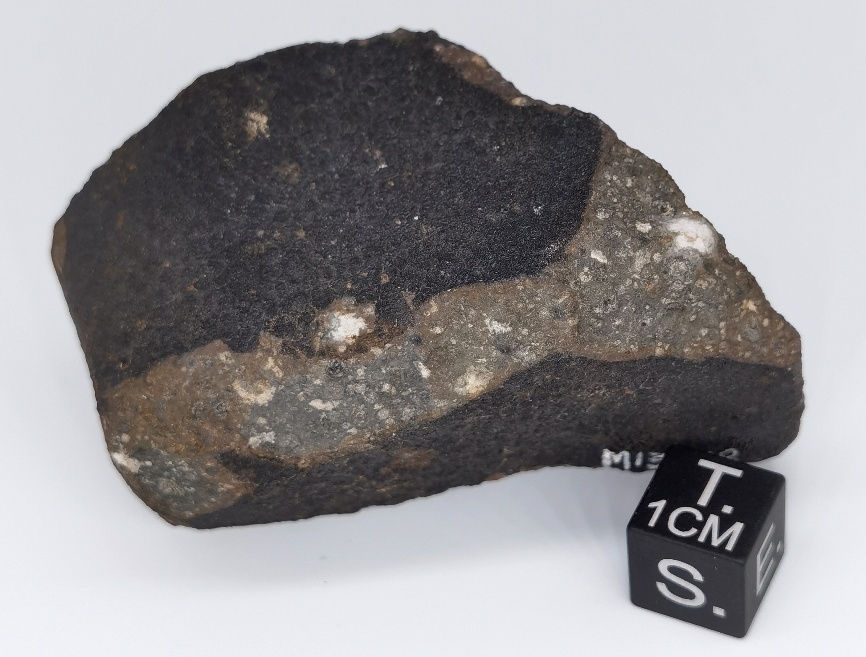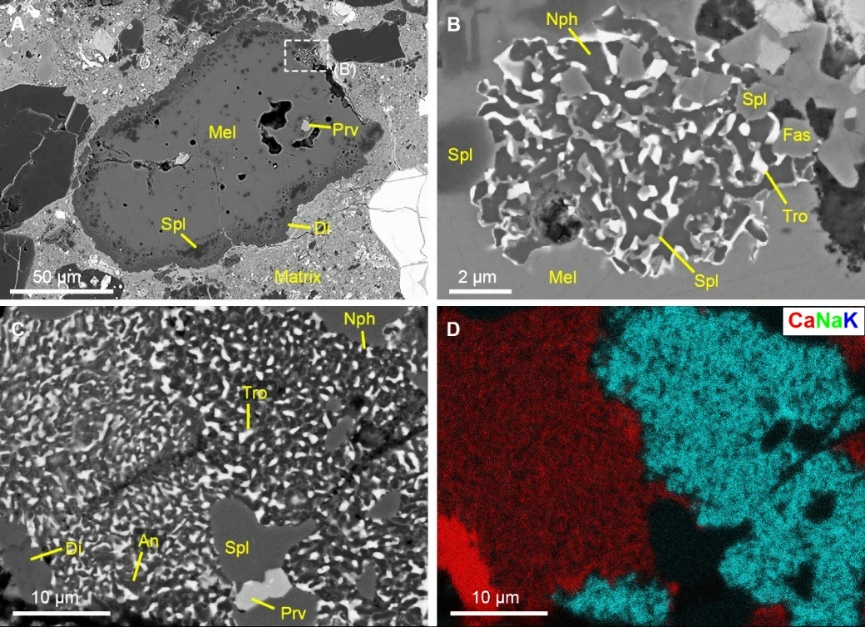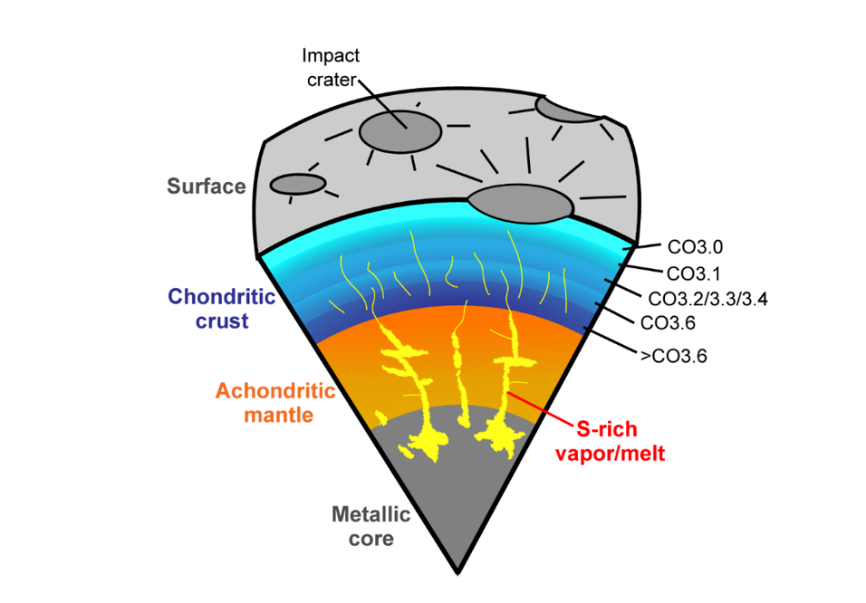The Solar System is composed of celestial bodies such as the Sun, planets, moons, asteroids, and comets. Compared to the Sun, planets, and many moons, asteroids are small and unremarkable. However, these unremarkable asteroids can retain crucial information about the material distribution and evolution of the early Solar System because they "died" shortly after formation.
Directly collecting samples from asteroids and returning them to Earth is highly challenging. In contrast, studying meteorites that have fallen to Earth's surface is more economical. To date, over 77,000 meteorites have been found based on the Meteoritical Bulletin Database, and most of them are derived from asteroids between Mars and Jupiter. These meteorites serve as crucial materials for studying the early evolution of the Solar System. Scientists usually classify meteorites into chondrites (Figure 1) and non-chondrites based on their petrologic and geochemical characteristics. It is widely accepted that these two types of meteorites come from different kinds of asteroids: chondrites from undifferentiated bodies, and non-chondrites from differentiated bodies, with no intermediate bodies (partially differentiated planetesimals) existing.

Figure 1. A photograph of Allende meteorite
Fifteen years ago, a team of scientists from MIT (Massachusetts Institute of Technology) proposed that such intermediate bodies (partially differentiated planetesimals) might exist. The key evidence came from the discovery of magnetic minerals in CV (Vigarano-like) chondrites that record consistent magnetic orientations. If this is correct, partially differentiated planetesimals would bridge the genetic link between chondrites and non-chondrites. Unfortunately, apart from this magnetic evidence and some isotopic constraints, no petrological evidence supporting this hypothesis has been found yet.
Recently, Shu-Zhou Wang, a PhD student from Nanjing University, and his coauthors studied a series of CO (Ornans-like) carbonaceous chondrites. He found many fine-grained sulfide + silicate/oxide intergrowths in these meteorites (Figure 2) and proposed a new formation mechanism: replacement of melilite and olivine by sulfur-rich vapors. They also found a correlation between the occurrence/abundance of these sulfide-rich intergrowths and the petrologic types of these meteorites, with samples of high petrologic types (3.5-3.6) containing abundant fine-grained intergrowths but no relict melilite. They first tried to interpret the correlation with typical asteroid processes, such as thermal metamorphism, aqueous alteration, or impacts. However, no such processes can account for all of the observed features. Through considering sulfide-rich intergrowths in different meteorites, they propose that the partially differentiated planetesimal hypothesis can perfectly explain these phenomena. They suggest that during the core crystallization in a partially differentiated planetesimal sulfur would get enriched and degas. The ascending sulfur vapor will react with silicates in overlying rocks (Figure 2). This process not only explains the sulfur-depletion geochemical features in many iron meteorites but also accounts for the sulfide-silicate intergrowths observed in differentiated meteorites. This hypothesis has twofold implications. First, the intergrowths represent the first petrologic evidence for the partially differentiated planetesimal hypothesis. Second, sulfur degassing from partially differentiated planetesimal cores may be a common phenomenon.

Figure 2. Sulfide-silicate intergrowths in CO chondrites

Figure 3. A schematic diagram showing the degassing of sulfur from the core of a partially differentiated planetesimal
This work was published online in Science Advances on April 11th (https://doi.org/10.1126/sciadv.adt4922). Shu-zhou Wang is the first author, and Professor Ai-Cheng Zhang is the corresponding author. Coauthors include Xiancai Lu, Tian-ran Trina Du, Jiani Chen, and Yuanyun Wen. This research was supported by National Natural Science Foundation of China grants.

